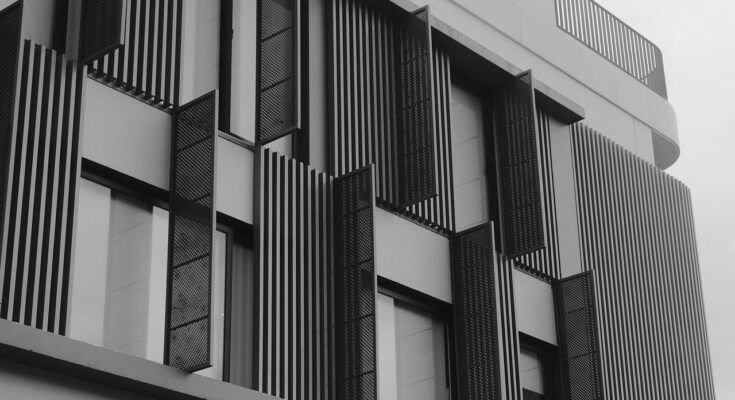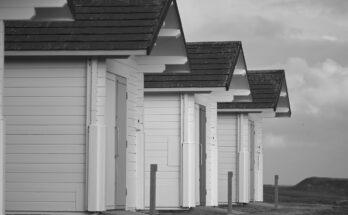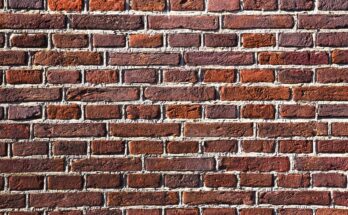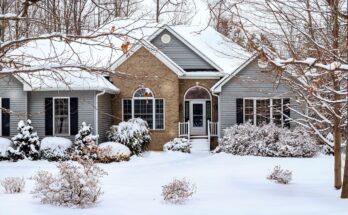ZonaJakarta – Metal cladding has become a go-to choice for modern homes and commercial buildings thanks to its sleek look, durability, and low maintenance appeal.
But “low maintenance” doesn’t mean “no maintenance.” Like any exterior surface, metal cladding still needs occasional care to keep it looking sharp and functioning well for years.
If you’re new to owning a metal-clad property or you’re just unsure about how to keep it in top shape, here’s a straightforward guide to metal cladding maintenance without overcomplicating things.
Start with a Visual Inspection
One of the simplest but most important things you can do is take a good look at your cladding at least twice a year. Spring and autumn are great times to do this, as weather changes can reveal wear and tear. Look for dents, scratches, or areas where the paint or coating might be peeling. These small problems can become bigger ones if left unchecked.
Also, check for any rust—especially around fasteners or joints. Even claddings made from rust-resistant metals like aluminum or zinc can show signs of corrosion if moisture gets trapped.
Wash It Down—Gently
Dust, grime, bird droppings, and even algae can build up over time, especially if you live in a humid or coastal area. A gentle wash with a garden hose and a soft-bristle brush is usually enough.
You can also use a bucket of warm water mixed with a small amount of mild detergent.
Avoid using anything too abrasive, including harsh chemicals or steel wool, as they can damage the coating or finish.
For buildings closer to busy roads or industrial zones, you might need to clean the cladding more often due to pollutants and grime buildup.
Address Scratches and Rust Spots Early
Scratches on the metal surface may seem harmless at first, but they can expose the underlying metal to moisture, leading to corrosion over time. If you find any, clean the area, apply a touch-up paint or finish that matches your cladding, and seal it properly.
For rust spots, gently sand the area, clean it, and apply a rust inhibitor followed by a protective coating. If the rust has spread significantly, it’s best to call a professional for a proper assessment and repair.
Keep Gutters and Flashings Clear
Metal cladding works best when water drains away easily. Blocked gutters or clogged flashings can cause water to back up and sit against your cladding, which is never a good thing. Make sure these elements are clear of leaves, twigs, and other debris, especially during the rainy season.
Watch Out for Joint Failures
Over time, expansion and contraction from temperature changes can cause the joints between cladding panels to shift. This can lead to gaps where water can sneak in.
Pay attention to any unusual spacing or warping, especially around corners and window edges. If something seems off, it might be time to reseal those joints or replace damaged panels.
Consider a Protective Coating
Some property owners opt for an extra layer of protection with a clear sealant or coating designed specifically for metal surfaces. This can help extend the life of the finish and improve resistance to UV rays, moisture, and pollutants.
Talk to a professional about what’s appropriate for your cladding material and your local climate.
Don’t Ignore Professional Maintenance
While most metal cladding care can be done yourself, it’s worth having a professional inspection every few years. They’ll spot issues that you might miss and ensure everything from the fasteners to the weatherproofing is in good shape.
Bottom Line
Metal cladding doesn’t demand constant attention, but giving it the right care now and then goes a long way. A bit of soap, a good eye, and some seasonal maintenance can keep your building’s exterior looking sharp and performing well for decades.
Think of it as routine grooming for your home—it doesn’t take much, but it makes a big difference. (*)




